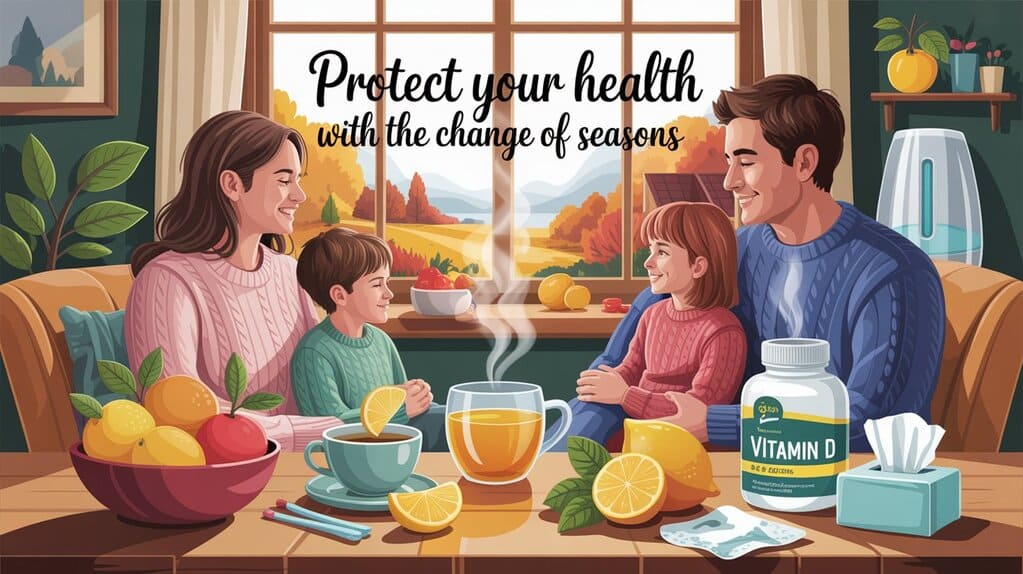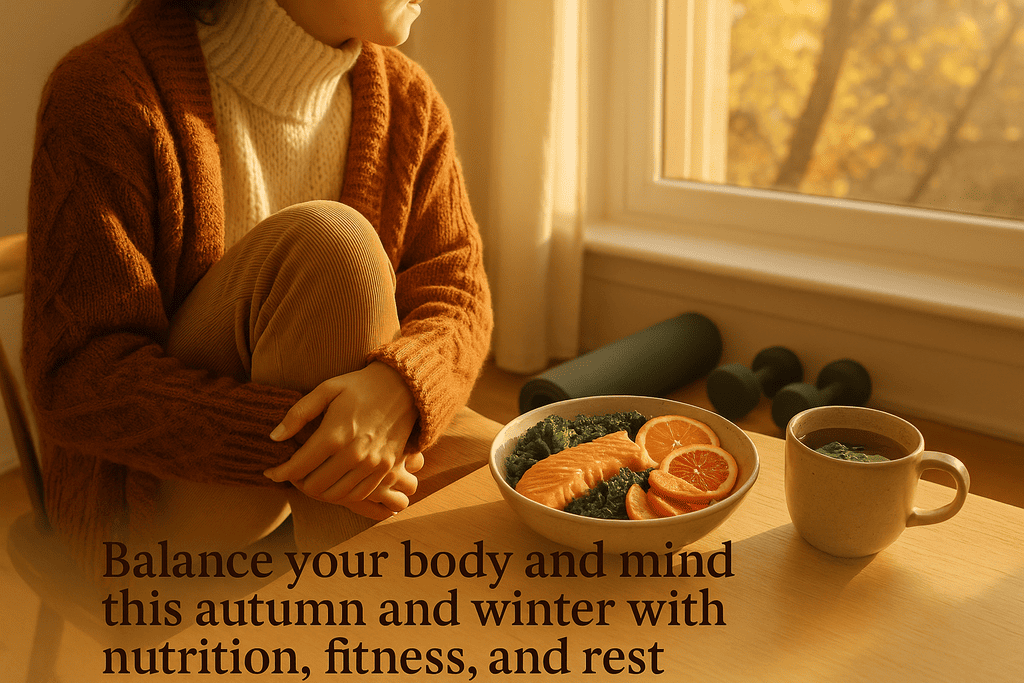
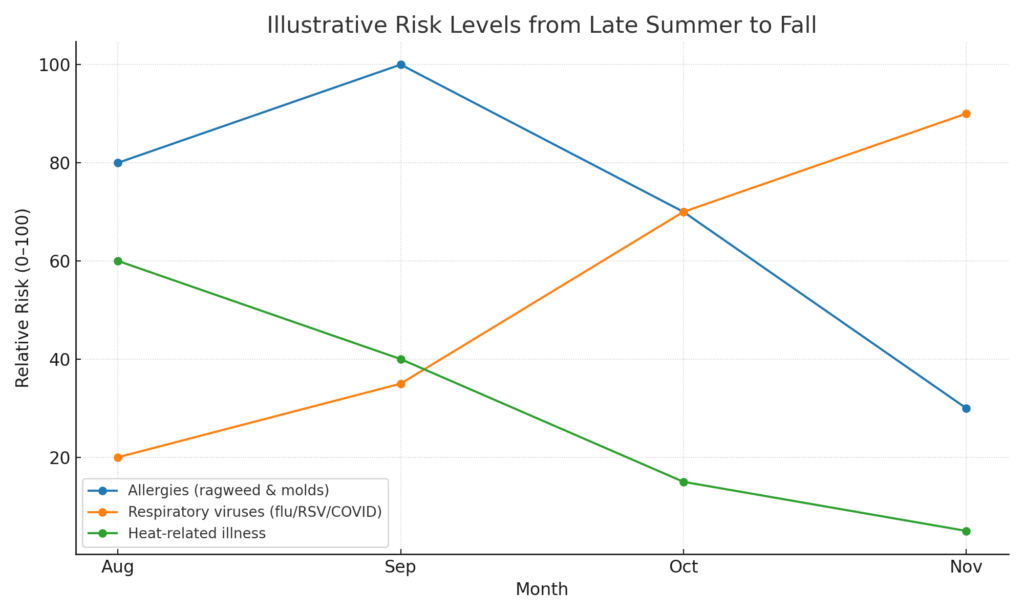
Introduction
Late summer and early fall bring welcome relief from peak heat for many regions, yet this transition period also creates a perfect storm of environmental changes that influence health. On the positive side, cooler evenings can improve sleep quality, outdoor exercise becomes more comfortable, and produce markets overflow with fiber-rich, antioxidant-packed fruits and vegetables. On the negative side, lingering heat waves and high humidity still trigger heat-related illnesses in August and September, while the return to school, more time indoors, and changing humidity set the stage for respiratory viruses to rise as autumn progresses. Ragweed and mold allergens peak in late summer and early fall, provoking asthma and allergic rhinitis symptoms in sensitive individuals. WikipédiaCDCAsthma & Allergy Foundation of America
This guide explains the pros and cons of late-summer and fall weather swings for your health, summarizes the latest evidence on humidity, viruses, and allergies, and provides actionable steps—grounded in current public-health guidance—to protect yourself and your family. ScienceDirectCDCOrganisation mondiale de la santé
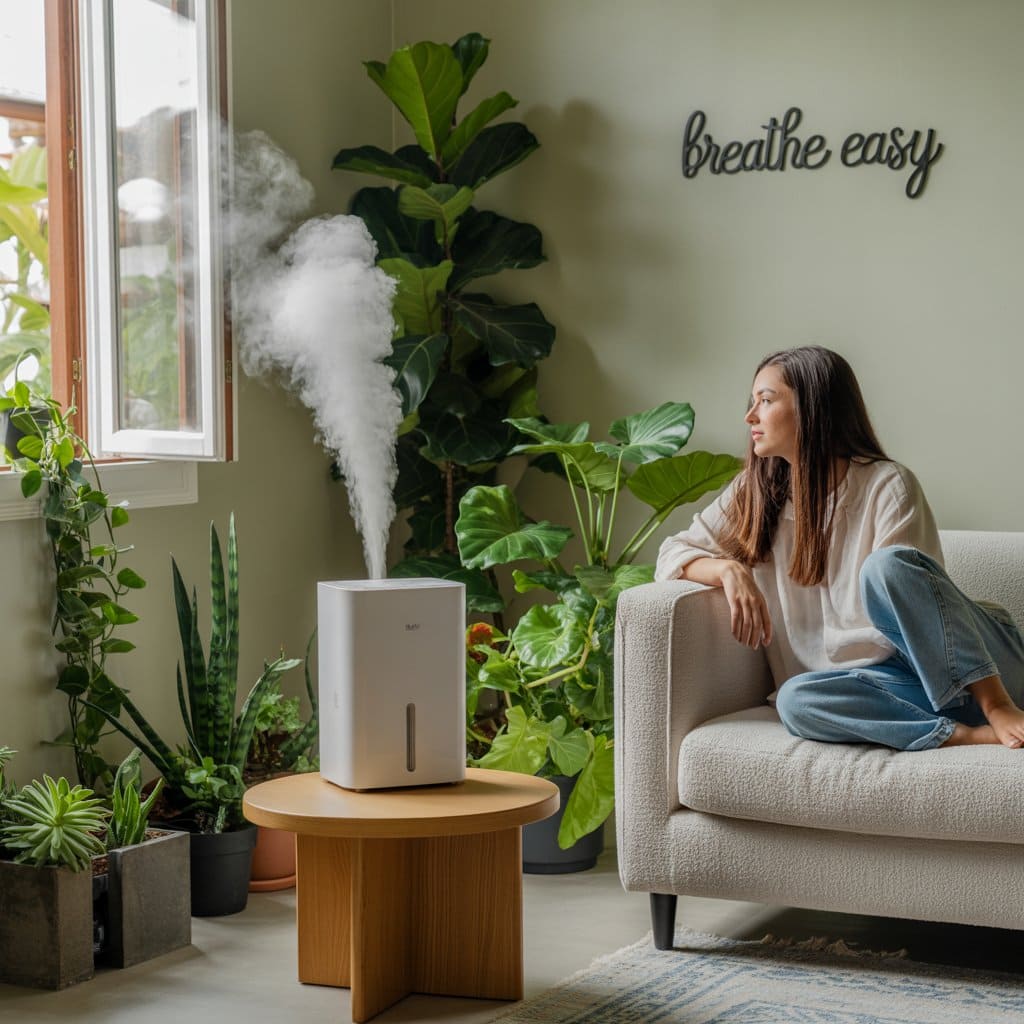
Key Points (Quick-Read)
- Pros: Cooler evenings can boost sleep and make outdoor activity safer; seasonal produce supports metabolic health; UV exposure declines, reducing heat-stress risk for outdoor workers as autumn advances. Wikipédia
- Cons: Ragweed and molds surge from August through mid-fall; indoor crowding and shifting humidity increase respiratory virus transmission; lingering heat waves can still cause heat exhaustion and heat stroke. Asthma & Allergy Foundation of AmericaPMCWikipédia
- What to watch: In late summer, prioritize heat safety and allergy control; by early–mid fall, emphasize vaccination, hand hygiene, and indoor air quality (ventilation and 40–60% RH). CDCNatureworldscientific.com
The Late-Summer to Fall Health Landscape
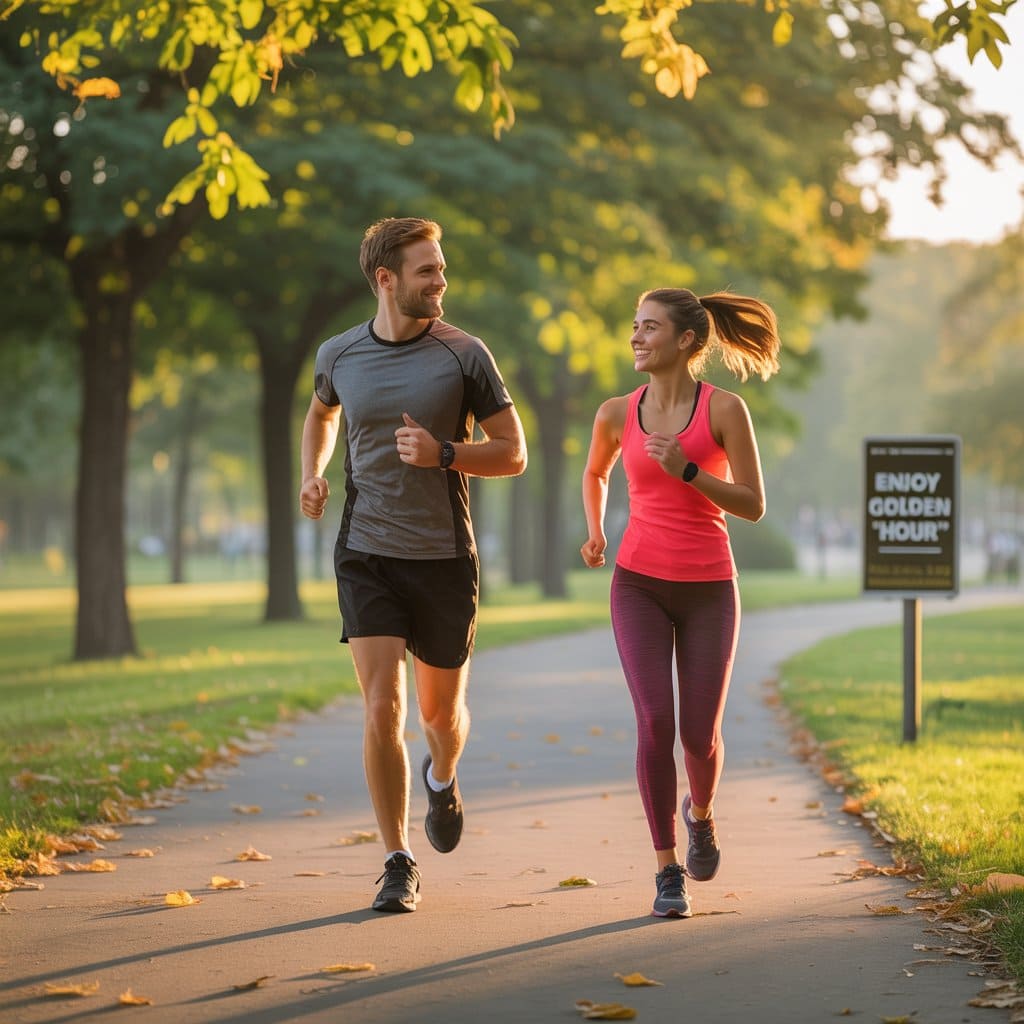
1) Allergens: Ragweed and Molds Peak as Nights Cool
Ragweed pollen typically starts around August, peaks in mid-September, and can last 6–10 weeks depending on the region; later first frosts can extend the season. Beyond sheer duration, elevated CO₂ and longer frost-free periods are linked to greater allergenicity and longer pollen seasons—adding to the burden of asthma and allergic rhinitis. Practical steps include monitoring pollen forecasts, using HEPA filtration indoors, showering after outdoor time, and starting antihistamines or intranasal corticosteroids proactively if advised by your clinician. Asthma & Allergy Foundation of AmericaClimate CentralPMC
From a botanical perspective, ragweed (Ambrosia spp.) remains a dominant late-summer allergen across large parts of North America and has spread or become invasive in parts of Europe, with climate change expected to accelerate its expansion. Wikipédia+1
2) Heat Isn’t Over Yet: Managing Late-Summer Heat Risk
Even as calendar summer wanes, heat exhaustion and heat stroke still occur during September heat waves, particularly in hot, humid climates and among outdoor workers and athletes. Heat illness ranges from cramps and exhaustion to life-threatening heat stroke (core temperature ≥40 °C/104 °F with CNS dysfunction). Prevention includes hydration, electrolyte replacement during strenuous activity, wearing breathable clothing, taking breaks, scheduling workouts in the coolest times of day, and seeking shade or air-conditioned spaces. Wikipédia+2Wikipédia+2
3) The Autumn Turn: Respiratory Viruses Rise as We Move Indoors
Historically, influenza activity climbs in the fall and winter in temperate regions; COVID-19 has shown summer increases followed by autumn/winter waves; RSV also increases with cooler months. As of August 2025, U.S. national respiratory-virus data show COVID-19 activity increasing while influenza and RSV remain low—patterns that often shift as autumn advances. Vaccination timing (for flu, COVID-19, and RSV where indicated) is a key preventive action each fall. CDCpublichealth.jhu.eduWikipédiaOrganisation mondiale de la santé
Why the shift? Cooler outdoor temperatures, more time indoors, and changing indoor humidity can favor virus survival and transmission. In addition, schools and workplaces resume in many regions, increasing close contact. Annual flu seasons are well-documented in temperate climates, with varying timing globally. Wikipédia
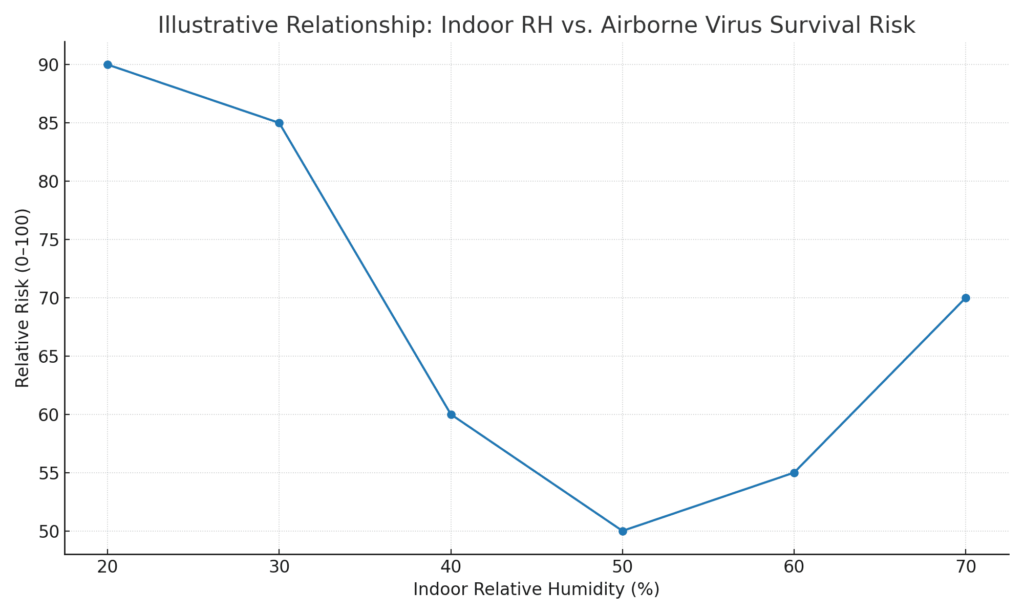
Evidence Spotlight: Humidity, Air, and Viruses
Multiple studies and reviews suggest that indoor humidity influences airborne virus survival and infectivity. For enveloped viruses (e.g., influenza, SARS-CoV-2), low relative humidity often supports greater survival, while a mid-range (≈40–60% RH) tends to reduce viability and transmission. Recent lab and modeling work supports a negative association between absolute/relative humidity and infection risk for these viruses, although real-world transmission also depends on ventilation, crowding, host immunity, and behavior. ScienceDirectPMCNature
Practical take: Aim to maintain indoor RH around 40–60% during the transition to fall, alongside ventilation, HEPA filtration, and CO₂ monitoring (as a proxy for ventilation). Combine these with vaccination, hand hygiene, and staying home when sick.
Illustrative chart: Seasonal risk profile (late summer → fall)
View chart (seasonal_risk_timeline.png)
Illustrative chart: Estimated relationship between indoor RH and airborne virus survival risk (based on trends described in the literature; for education only, not measured data)
View chart (indoor_RH_vs_risk.png)
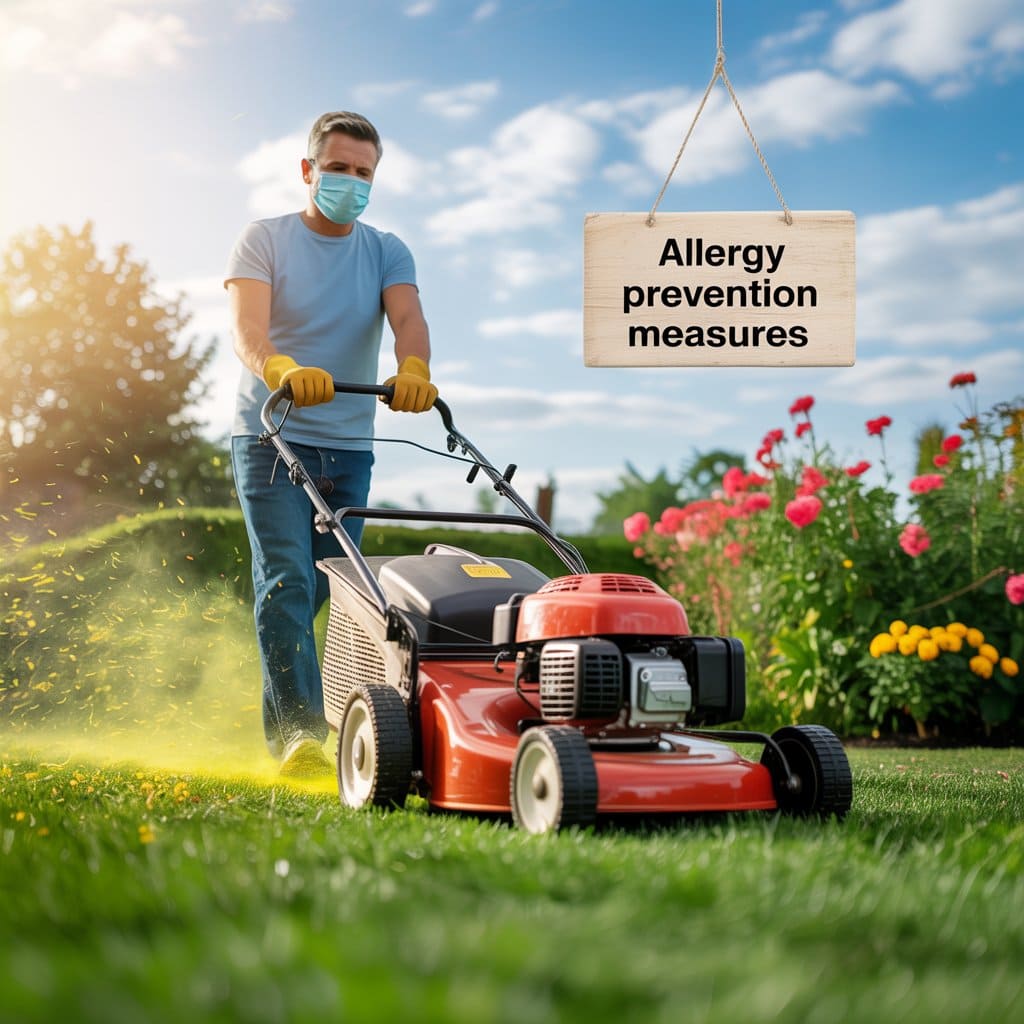
Pros of Late-Summer and Fall Weather for Health
- More Comfortable Outdoor Activity
When sweltering highs fade, walking, jogging, and strength training outdoors become safer and more enjoyable, supporting cardiovascular and mental health while reducing heat strain. Outdoor time may also lower indoor exposure to respiratory pathogens compared with tightly enclosed, poorly ventilated spaces. Wikipédia - Better Sleep Potential
Cooler nights improve thermoregulation during sleep for many people, supporting sleep quality—a pillar of immune function and metabolic health. (Still, watch indoor humidity and use a clean filter in your HVAC to manage allergens and indoor air quality.) ScienceDirect - Nutrient-Dense Seasonal Produce
Late-summer and fall harvests—berries, stone fruits, squash, leafy greens, apples, pears—bring fiber, polyphenols, and micronutrients that support gut health and immunity. Incorporating these foods can help offset seasonal weight gain and stabilize energy. (General nutrition guidance; specific clinical nutrition varies by individual.)
Cons of Late-Summer and Fall Weather for Health
- Allergy Surges
Ragweed pollen and outdoor molds can trigger sneezing, itchy eyes, asthma flares, and sleep disruption. Prolonged seasons due to later frosts may intensify symptoms and healthcare visits. Strategies include monitoring pollen counts, using nasal saline, and following clinician-guided medications or allergen immunotherapy where appropriate. Asthma & Allergy Foundation of AmericaClimate Central - Heat-Related Illnesses Persist into September
Sudden late-summer heat waves still produce heat exhaustion or heat stroke, especially in outdoor workers, athletes, older adults, and people with chronic illness. Know the warning signs: heavy sweating, weakness, confusion, hot dry skin (in classic heat stroke), or collapse. Call emergency services for suspected heat stroke. Wikipédia+1 - Respiratory Virus Upswings in Autumn
As autumn progresses, influenza, RSV, and COVID-19 risks increase, especially indoors. As of August 2025, U.S. data show COVID-19 trending up with flu/RSV low; this can change quickly in September/October. Vaccination remains a cornerstone to prevent severe disease and hospitalization. CDC
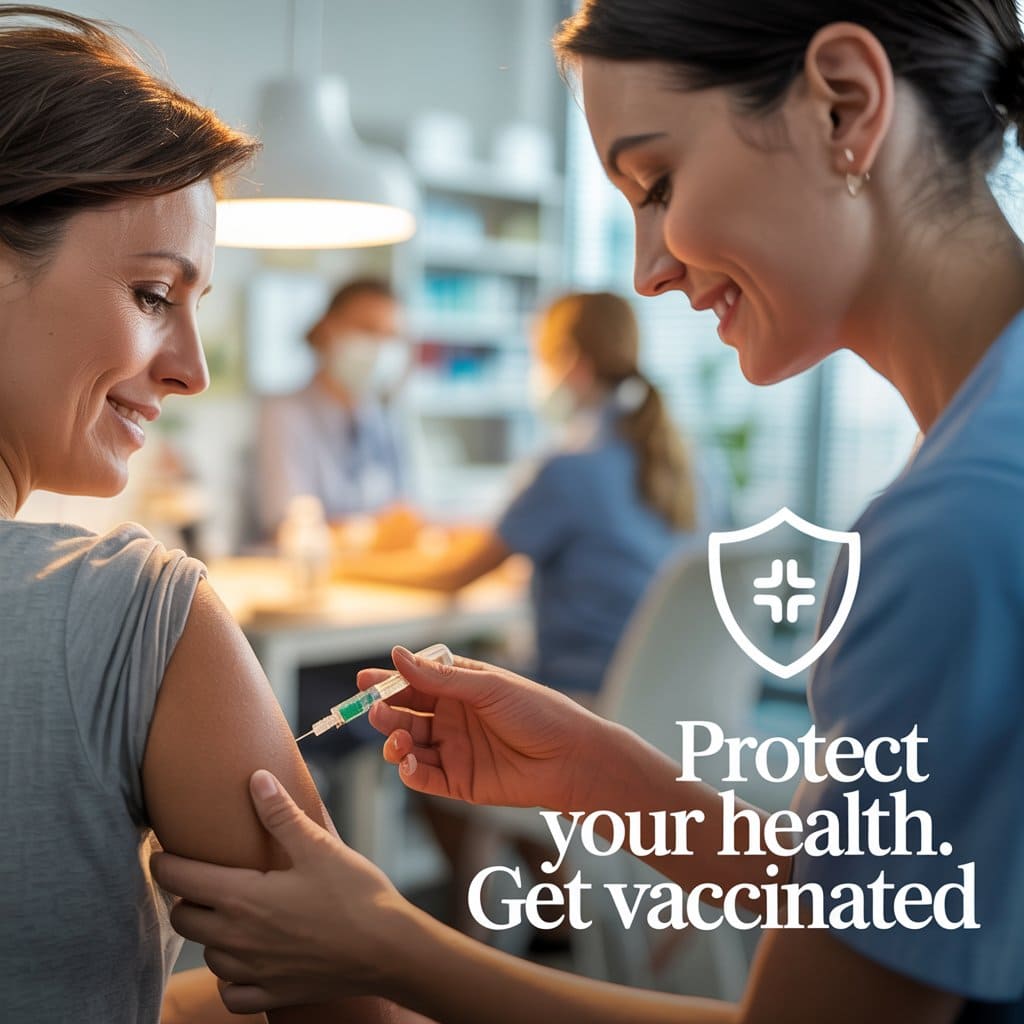
What Doctors and Public-Health Agencies Recommend (2024–2025)
- Vaccination:
- COVID-19: Updated 2024–2025 vaccines were authorized in August 2024; officials continue to recommend updated doses for eligible groups each fall to reduce severe outcomes. CDC+1
- Influenza: Annual flu vaccination for everyone ≥6 months, ideally by September/October before significant community spread. Wikipédia
- RSV: Vaccination or monoclonal prevention is recommended for specific groups (e.g., older adults, pregnant people to protect infants); check current local guidance. Organisation mondiale de la santé
- Indoor Air Quality: Maintain 40–60% RH, use ventilation and filtration, and avoid crowding during community surges. ScienceDirectNature
- Hygiene & Behavior: Consistent hand hygiene, stay home if ill, consider masks in crowded indoor settings during spikes, and optimize sleep, nutrition, and physical activity.
- Allergy Management: Start or adjust therapy ahead of peak pollen weeks; HEPA filters and dehumidifiers can reduce indoor allergens.
Practical, Week-by-Week Plan (Late August → October)
- Late August–Early September (Heat + Allergies):
- Hydration plan for outdoor days; schedule workouts at cooler hours.
- Begin antihistamines or nasal steroids (if prescribed) before pollen peaks; rinse sinuses with saline at night.
- Track pollen and heat index on reliable apps; change home HVAC filters.
- Mid–Late September (Allergy Peak → Early Virus Season):
- Keep windows closed on high-pollen mornings; shower after outdoor time.
- If eligible, schedule fall vaccinations; verify medication refills for asthma/COPD.
- Start watching community respiratory-virus summaries; improve indoor RH and ventilation. CDC
- October (Viruses Rising):
- Finalize flu and COVID-19 vaccinations per guidance.
- Refresh hand hygiene practices at home/school; use HEPA in bedrooms/living rooms.
- If you’re immunocompromised or live with a high-risk person, discuss additional precautions with your clinician.
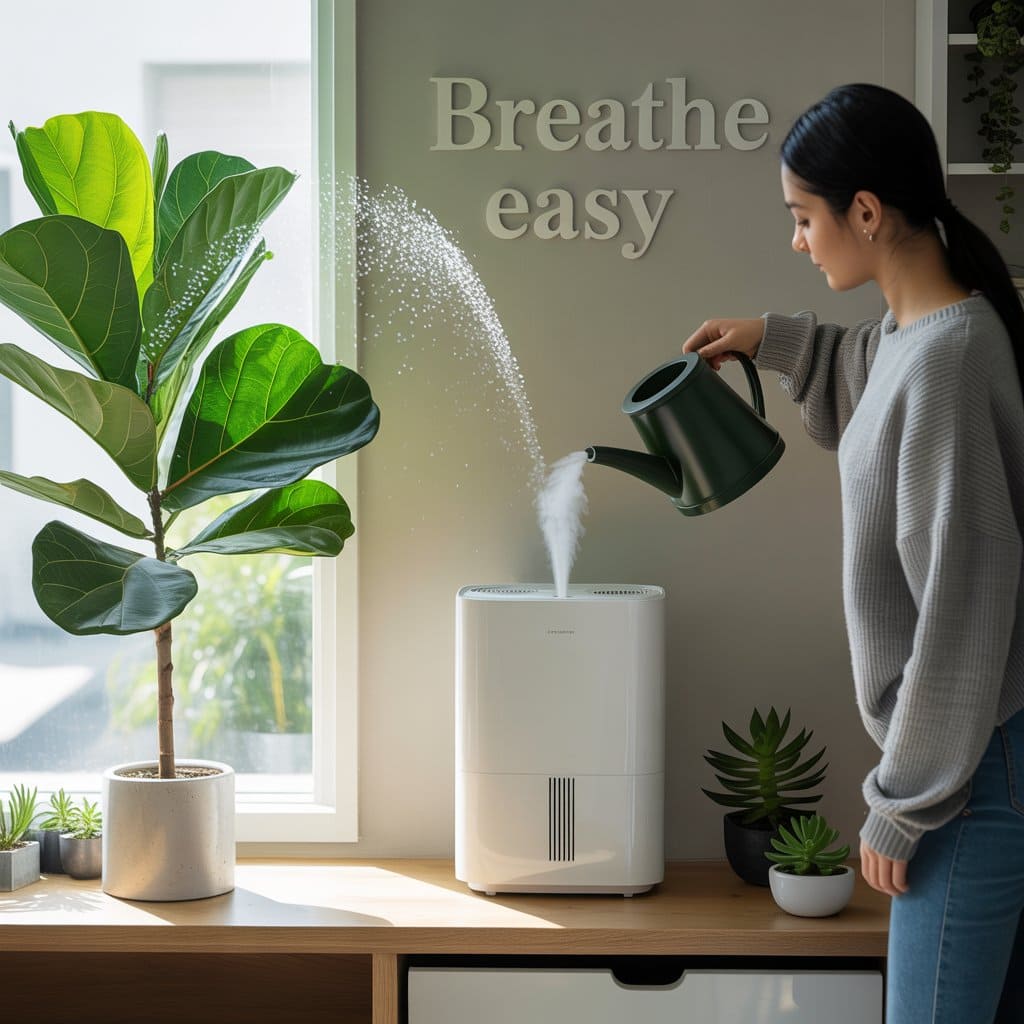
Frequently Asked Questions
Q: Is late summer really a risk for respiratory illnesses?
A: Yes. While flu is typically a fall–winter virus in temperate regions, COVID-19 has shown summer upticks (July–August) linked to behavior (travel, indoor cooling), variants, and environmental factors. That’s why fall vaccination planning is emphasized, along with indoor air strategies. publichealth.jhu.edu
Q: What indoor humidity should I target?
A: Aim for ~40–60%. Several studies suggest enveloped viruses fare worse in this range compared with very low RH, though the full picture involves ventilation, crowding, and immunity. Use a hygrometer and adjust with humidifiers/dehumidifiers as needed. ScienceDirectNature
Q: When does ragweed season end?
A: Often after the first hard frost, but the timing varies by region. In many areas, ragweed season runs August through October and peaks in mid-September. Asthma & Allergy Foundation of America
Conclusion
Late-summer to fall weather swings bring distinct pros and cons for health. You can lean into the positives—more comfortable outdoor activity, better sleep, and nutritious seasonal foods—while mitigating negatives by controlling indoor air (40–60% humidity, ventilation, filtration), managing allergies proactively, practicing heat safety during lingering warm spells, and following public-health guidance on vaccination and hygiene as respiratory viruses rise in autumn. With a smart, week-by-week plan, you’ll maintain energy, immunity, and well-being from the last hot days of August through the crisp days of October and beyond.
References & Further Reading
- CDC – Respiratory Illnesses Data Channel (national summaries updated weekly). CDC
- CDC – 2024–2025 Respiratory Disease Outlook (season outlook and October update). CDC+1
- WHO/Europe – Autumn & winter respiratory viruses Q&A (2023–2024). Organisation mondiale de la santé
- Peer-reviewed:
- Wolkoff P. Indoor air humidity revisited: Impact on acute symptoms and infection risk (2024). ScienceDirect
- Liu Y. As air relative humidity increases, infectivity of SARS-CoV-2 decreases (2024). PMC
- Aganovic A, et al. Modeling the impact of indoor RH on virus survival (2022). Nature
- D’Amato G, et al. Pollen respiratory allergy: Is it really seasonal? (2023). PMC
- Allergies: AAFA – Ragweed Pollen Allergy (season timing & tips). Asthma & Allergy Foundation of America
- Climate & allergies: Climate Central – Later fall frosts extend pollen season. Climate Central
- Wikipedia (general knowledge, background):
- Flu season; Influenza; Ragweed; Heat exhaustion/Heat stroke; Occupational heat stress. Wikipédia+5Wikipédia+5Wikipédia+5

